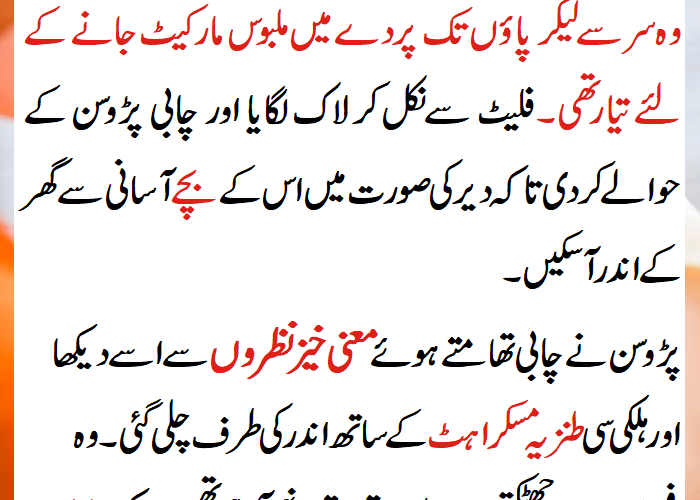Regular dental cleaning, also known as prophylaxis, is a simple yet crucial aspect of maintaining optimal oral health. It involves the removal of plaque, tartar, and stains from the teeth, along with a thorough examination of the mouth by a dental professional. Dental cleaning not only helps prevent gum disease and tooth decay but also promotes overall oral hygiene and contributes to a brighter, healthier smile. In this article, we’ll delve into the importance of dental cleaning and its role in preventing gum disease and tooth decay.
1. Understanding Dental Cleaning
1.1 What is Dental Cleaning?
Dental cleaning is a preventive dental procedure performed by a dental hygienist or dentist to remove plaque, tartar (hardened plaque), and surface stains from the teeth. It typically involves scaling (removal of plaque and tartar) and polishing (smoothing the tooth surfaces).
1.2 Importance of Dental Cleaning
Regular dental cleaning is essential for maintaining good oral hygiene and preventing dental problems such as gum disease, tooth decay, and bad breath. It helps remove plaque and tartar buildup, which can lead to inflammation of the gums (gingivitis) and more severe gum disease (periodontitis) if left untreated.
2. Benefits of Dental Cleaning
2.1 Prevents Gum Disease
Dental cleaning removes plaque and tartar from the gumline and between teeth, reducing the risk of gum inflammation and infection. By keeping the gums clean and healthy, dental cleaning helps prevent gum disease and its associated complications.
2.2 Reduces Risk of Tooth Decay











Plaque buildup on the teeth contains bacteria that produce acids that can erode tooth enamel and lead to cavities. Dental cleaning removes plaque and bacteria from the teeth, reducing the risk of tooth decay and cavities.
2.3 Freshens Breath
Plaque buildup on the teeth and along the gumline can contribute to bad breath (halitosis). Dental cleaning removes plaque, tartar, and bacteria from the mouth, resulting in fresher breath and improved oral hygiene.
3. What to Expect During Dental Cleaning
3.1 Scaling
During scaling, the dental hygienist or dentist uses specialized instruments to remove plaque and tartar from the teeth, focusing on areas that are difficult to reach with regular brushing and flossing.
3.2 Polishing
After scaling, the teeth are polished using a rotating brush or rubber cup attached to a polishing tool. Polishing helps remove surface stains and smooths the tooth surfaces, making it more difficult for plaque to adhere to the teeth.
3.3 Examination
During the cleaning appointment, the dental professional will also perform a thorough examination of the mouth, including checking for signs of gum disease, cavities, oral cancer, and other dental problems.
4. How Often Should You Get Dental Cleaning?
It is generally recommended to have dental cleaning performed every six months as part of routine preventive care. However, the frequency of dental cleaning may vary based on individual factors such as oral health status, risk of gum disease, and presence of other dental issues.
5. Conclusion
Dental cleaning is a simple yet essential procedure for maintaining optimal oral health and preventing gum disease and tooth decay. By removing plaque, tartar, and surface stains from the teeth, dental cleaning helps keep the gums healthy, reduces the risk of dental problems, and promotes fresher breath. Make sure to schedule regular dental cleaning appointments as part of your oral hygiene routine to keep your smile bright and healthy for years to come.
6. FAQs about Dental Cleaning
Q1: Does dental cleaning hurt?
A1: Dental cleaning is generally painless, although some individuals may experience slight discomfort or sensitivity during scaling, especially if they have sensitive teeth or gum disease. The dental professional will take steps to minimize discomfort and ensure a comfortable experience.
Q2: How long does dental cleaning take?
A2: The duration of dental cleaning appointments may vary depending on individual factors such as the amount of plaque and tartar buildup, the presence of dental problems, and the thoroughness of the cleaning. On average, dental cleaning appointments typically last between 30 minutes to an hour.
Q3: Can dental cleaning remove stains from teeth?
A3: Yes, dental cleaning can help remove surface stains from the teeth caused by coffee, tea, tobacco, and other staining substances. Polishing the teeth during dental cleaning can effectively brighten the smile and improve overall appearance.
Q4: Is dental cleaning covered by dental insurance?
A4: Many dental insurance plans cover preventive dental services such as dental cleaning as part of routine care. However, coverage may vary depending on the specific terms of your insurance plan. Be sure to check with your dental insurance provider to understand your coverage for dental cleaning and other dental services.






